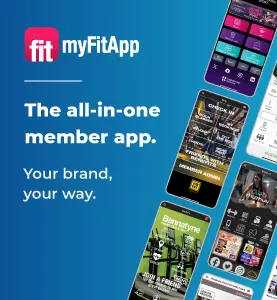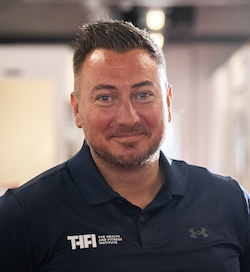Everybody’s talking about the ‘pivot to active wellbeing’ but do professionals working in the active leisure sector understand how to make it happen? It’s a topic much debated, but one that remains more of a goal than an achievement.
Fitness is melding into the wellness industry but, as yet, the same can’t be said for the complex healthcare system. How can the active leisure sector pivot so it’s acknowledged by healthcare as essential?
In its 2022 Future of Public Sector Leisure* report, Sport England looked at how to evolve the sector from a traditional leisure service into one more focused on active wellbeing, creating a closer relationship between health and leisure built on social prescribing and the delivery of preventative activity opportunities.
Two years on, the sector has still not reached its full potential in supporting the health of the nation. At the 2023 Active Uprising Summit, UK Active chair, Mike Farrar, called on the government to deploy the physical activity sector to support the NHS.
The evidence that physical activity is one of our best weapons in the battle against sickness and disease is indeed irrefutable, but when every county and healthcare trust has different policies and funding comes from numerous sources, navigating a pivot can be a daunting prospect for operators. We asked leaders in the sector to share their opinions.







































































